Perfumes of the Orient Exhibit, a Evocative Journey through Scent
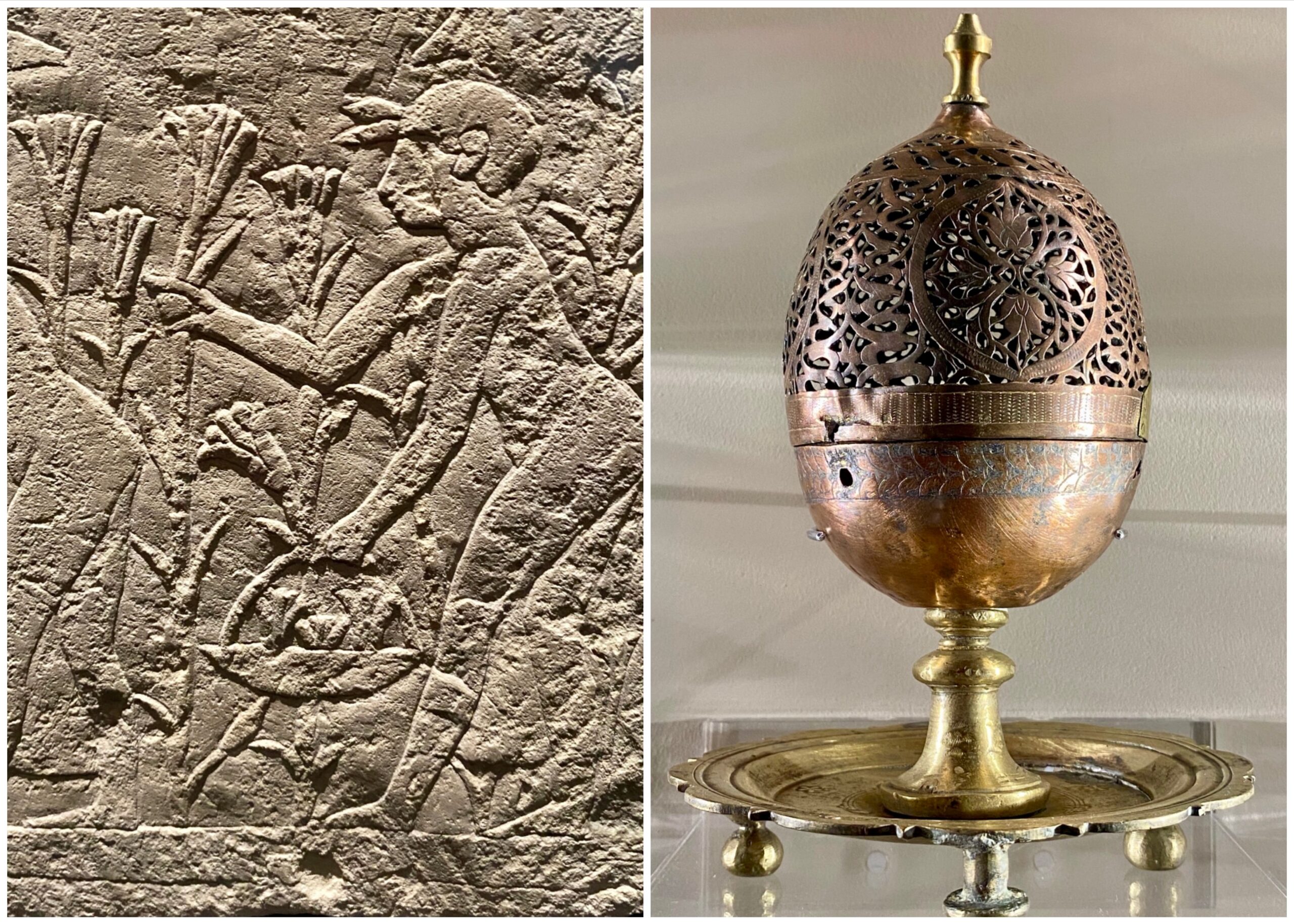
Egyptian women gathering lilies for perfume, Perfume Burner
For travelers to Paris this winter who want to learn more about gardens, flowers, and perfume we highly recommend The Perfumes of the Orient exhibition at the Institut du Monde Arabe. Held until 17 March 2024, the exhibit is an innovative opportunity to discover the history of scents inspired by gardens and floriculture from the Arab World.
The exhibition opens with short films of the diverse landscapes where perfumers source their raw materials. Despite this arid and hot climate, two trees, the Commiphor myrrha and the Boswellia sacra, native to Arabia, Oman and Yemen, produce resins essential to perfume making. Since ancient times, the existence of these trees established this part of the world as the center of perfume trade routes. Many of the objects displayed in the exhibition, which date from antiquity, were used as containers for these raw materials.
Animal based substances, such as musk and civet, have been collected in this region for ointments and balms since antiquity. Roses are still grown in Oman, Saudi Arabia, and Syria. Roses, often combined with narcissus, saffron, and jasmine constiute the essential scents of Eastern Oriental perfumery.

Choix des merveilles du monde terrestre et maritime, 14th century manuscript, BNF
The curators encourage visitors to immerse themselves in these fragrances by creatively designed scented devices, either embedded into the walls, or recreated as alembics. These fragrances were specially created for the occasion by perfumer Christopher Sheldrake, whose tantalizing scent palette most notably includes warm, spiced, and amber scents.
The exhibition presents the basic building blocks of how to make perfume and also evokes the multiple uses of perfume in the Arab Muslim world. The location of spice dealers and perfume sellers in the souk and hammam, as well as in the home, attests to the ongoing importance of fragrances to the city. Olfactory sensations are so important, that the city is designed to encourage (and discourage) different types of odors. An interesting installation on the tanning of leather reveals how industries that provoked foul scents are relegated to spaces at the edges of the city.
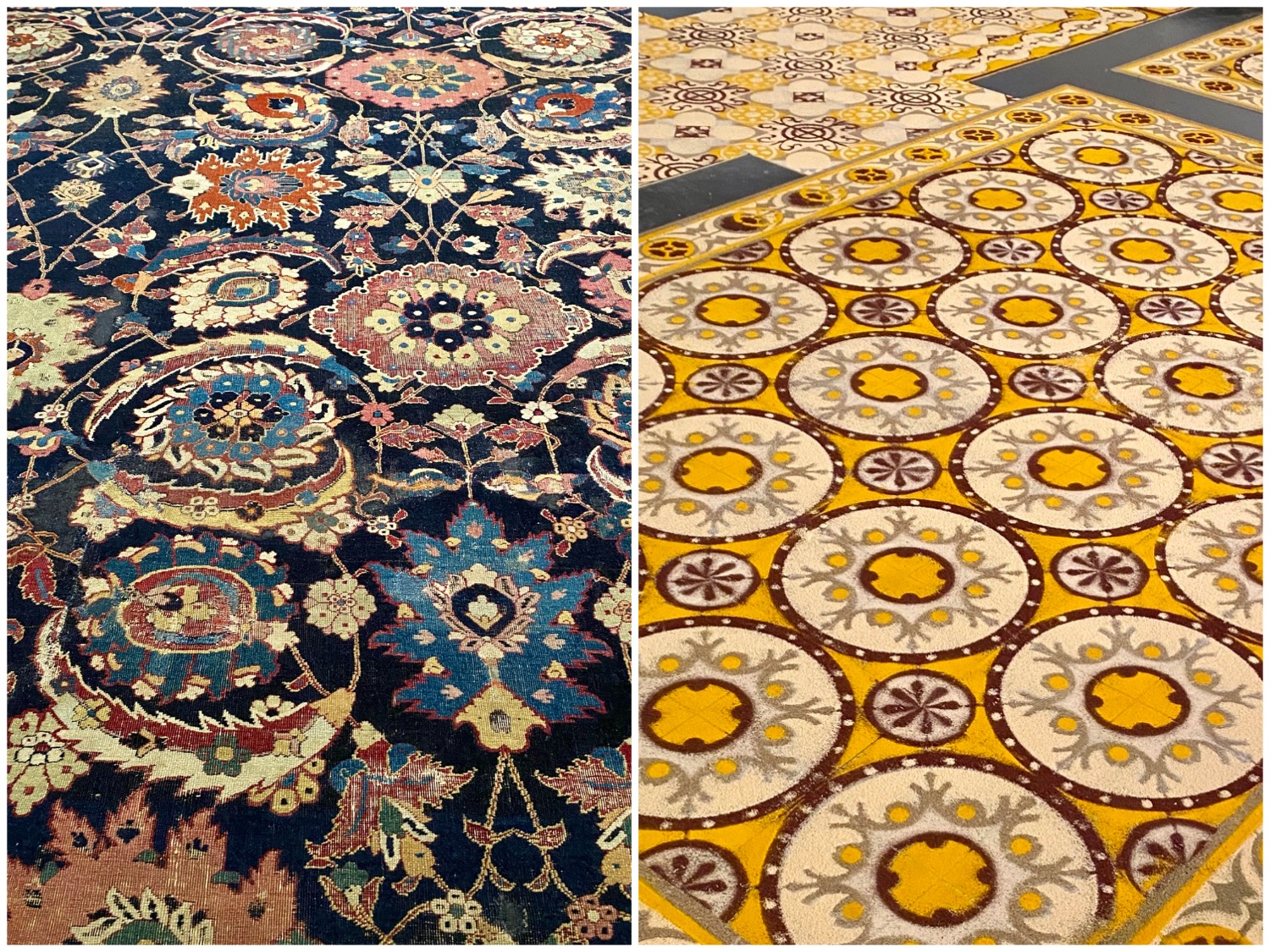
Carpet with floral motifs (left), Beiti II, France, 2011, Curcuma, ginger, zaatar, sumac, white pepper, collection de l’artiste (© Laurent Mareschal / ADAGP / Van Abbe Museum (right)
One of the most inspiring installations, a carpet made of spices designed by Laurent Mareschal, shows the links between perfumery and food. The installation reproduces the cement tiles of Palestinian homes, commonly found at the beginning of the 20th century. Mareschal names his ‘spice tiles’ Beiti, meaning ‘my home’ in Arabic and Hebrew, a poignant plea as ongoing wars destroy homes in this region. In addition, the smell of the spices from the carpet, like that of perfumes, is an ephemeral moment that conjures shared memories, and the common heritage in plants and flowers as a basis for future coexistence.
For further information on perfumes, see our blog post A Garden of Scents: Pomades, Pastilles, and French Perfume. We can also take you through the exhibit as a combined experience with our Paris perfume Tour, from Garden to Scent, find out more on our sensorial tours page.

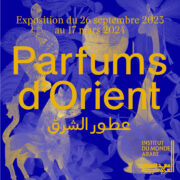
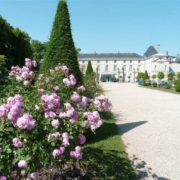
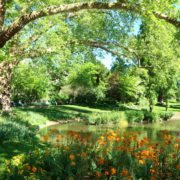
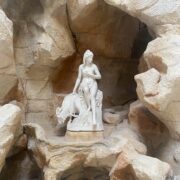
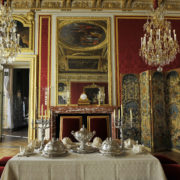
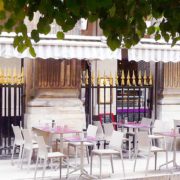
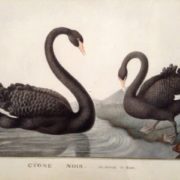


Leave a Reply
Want to join the discussion?Feel free to contribute!